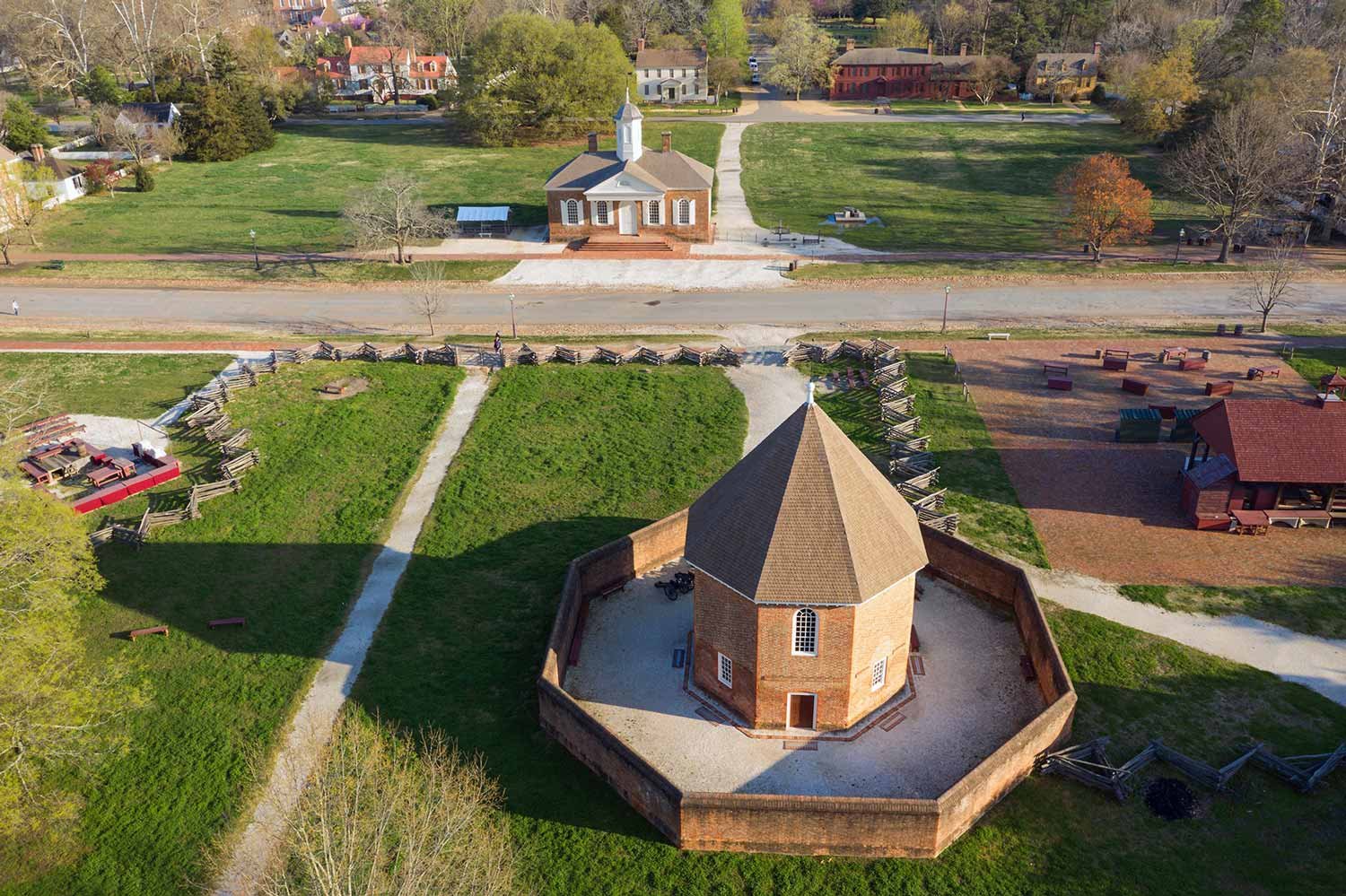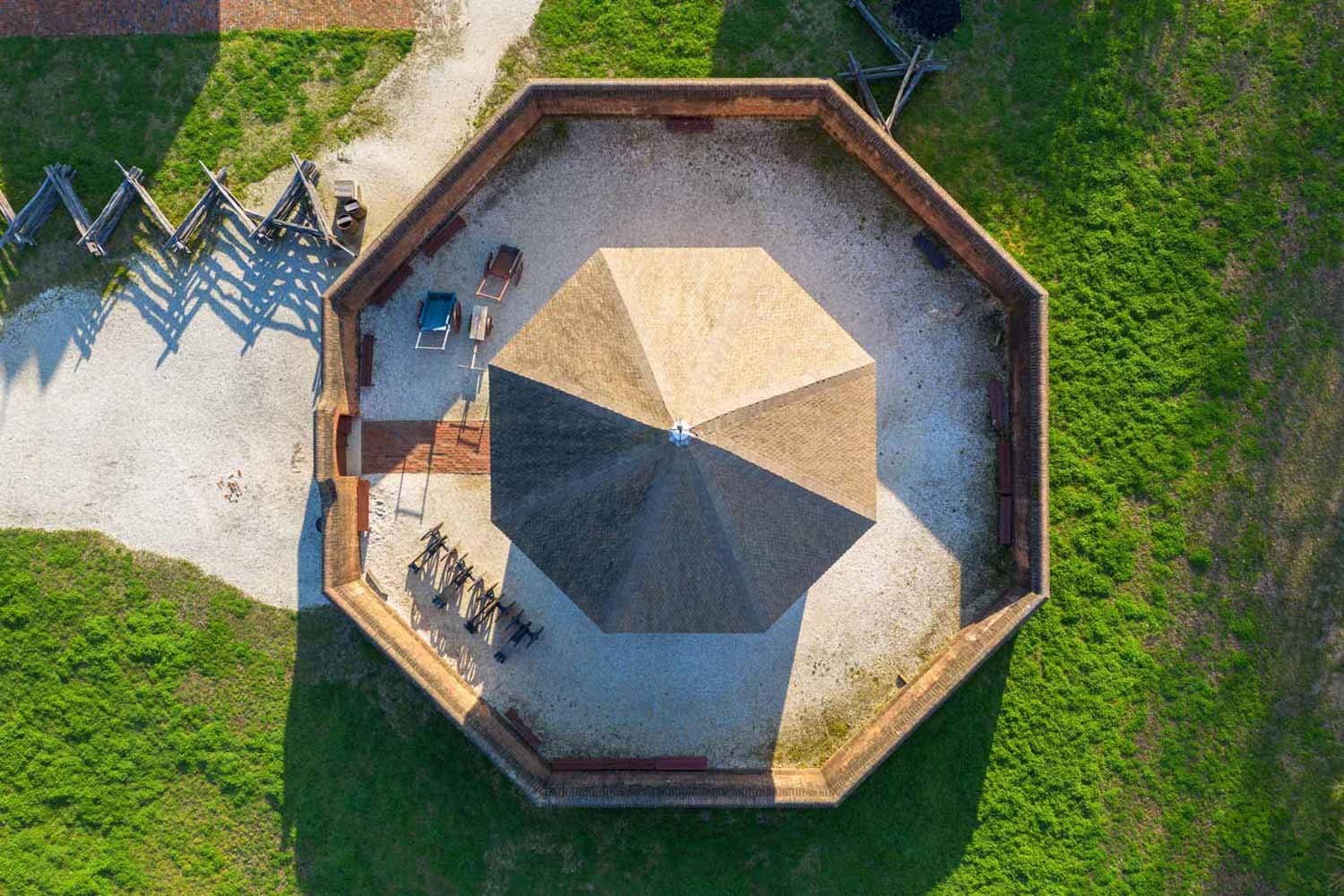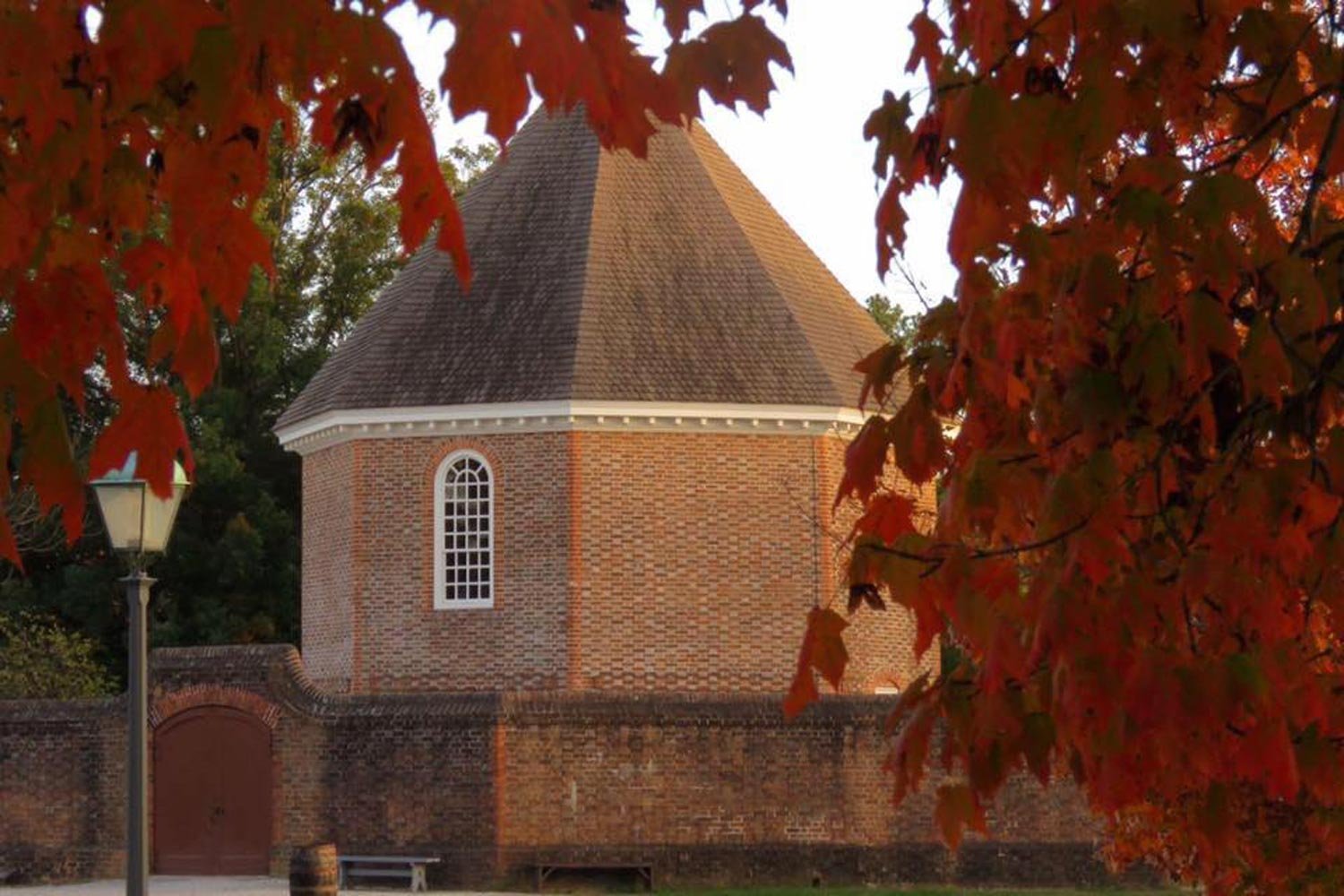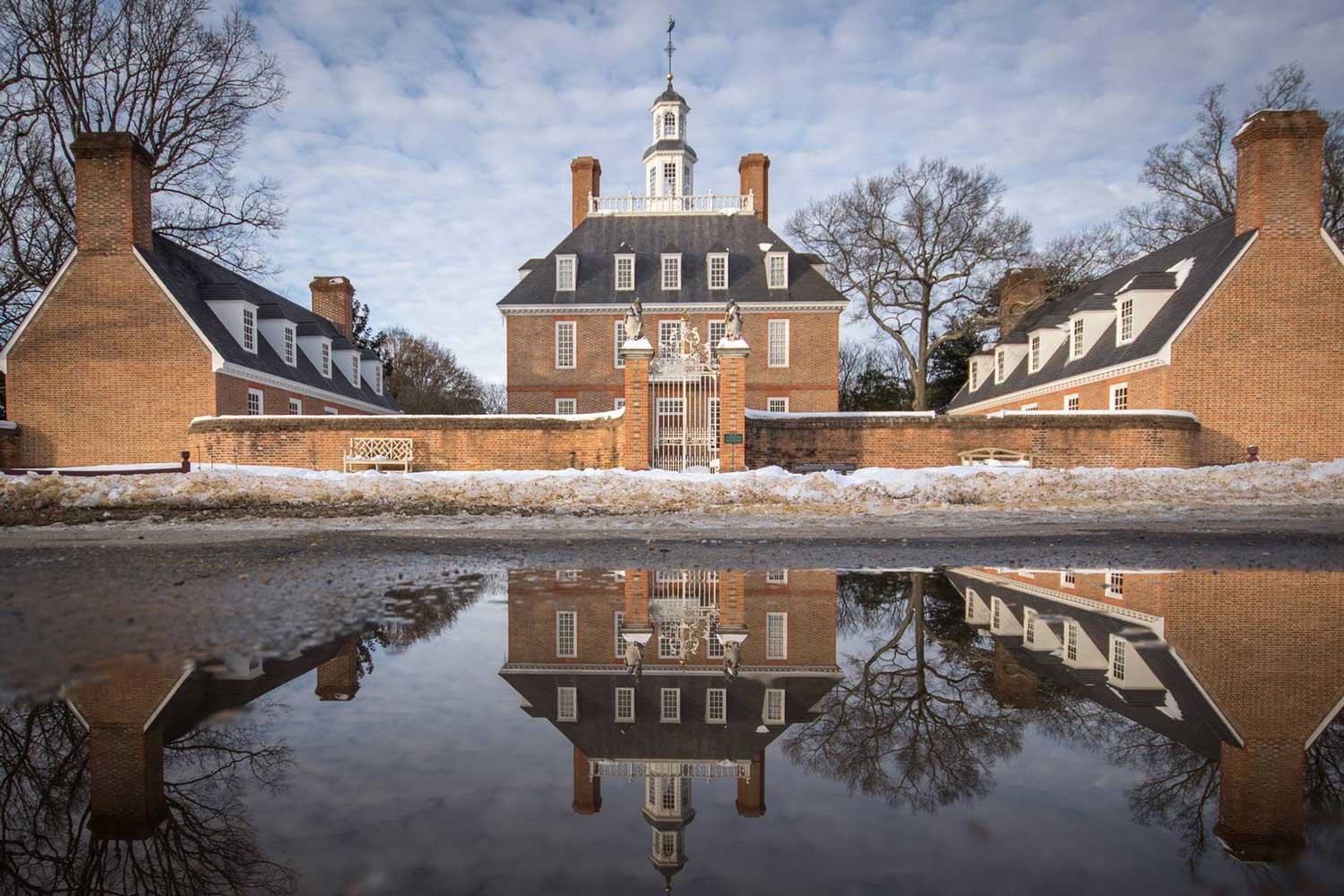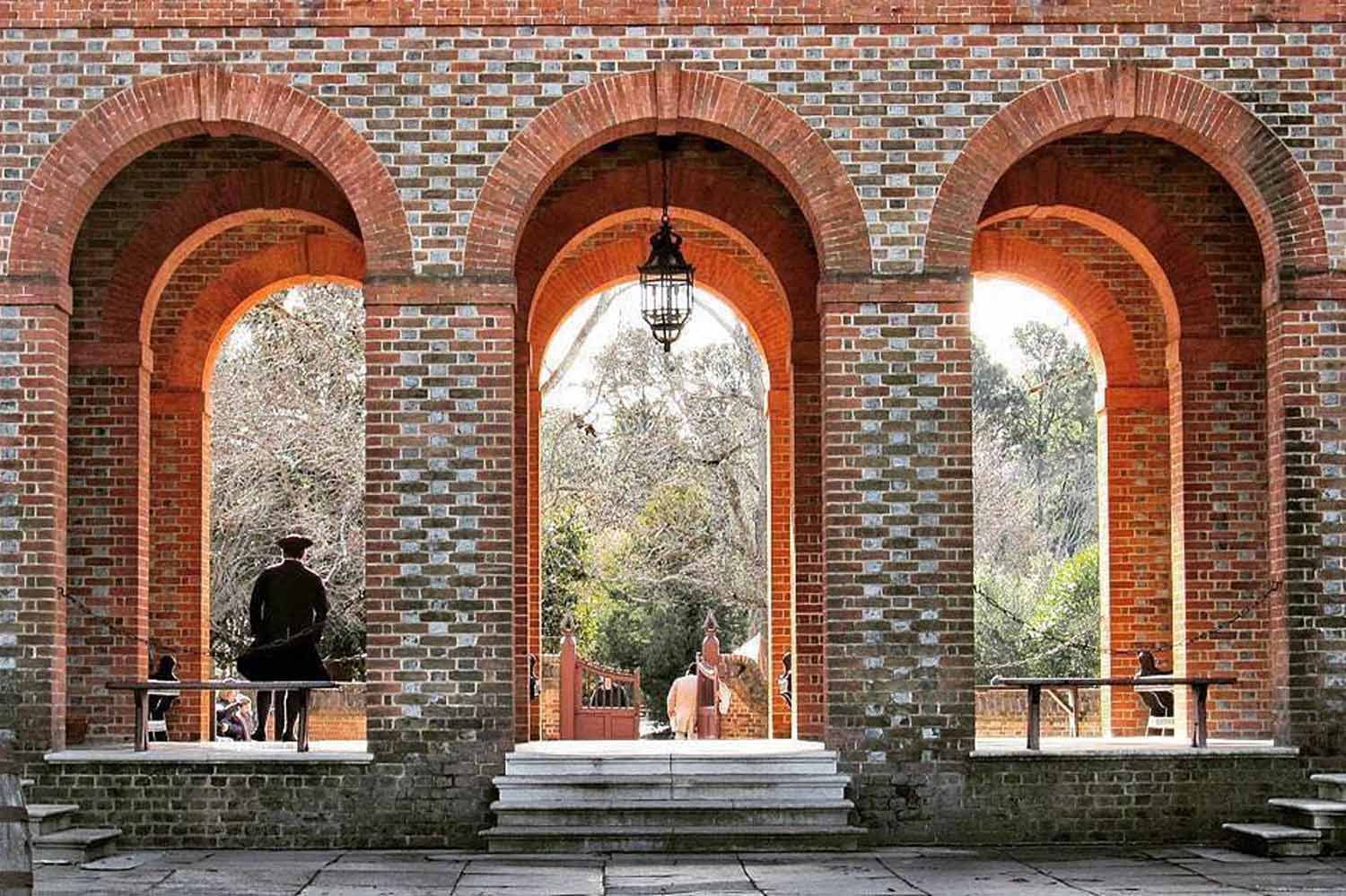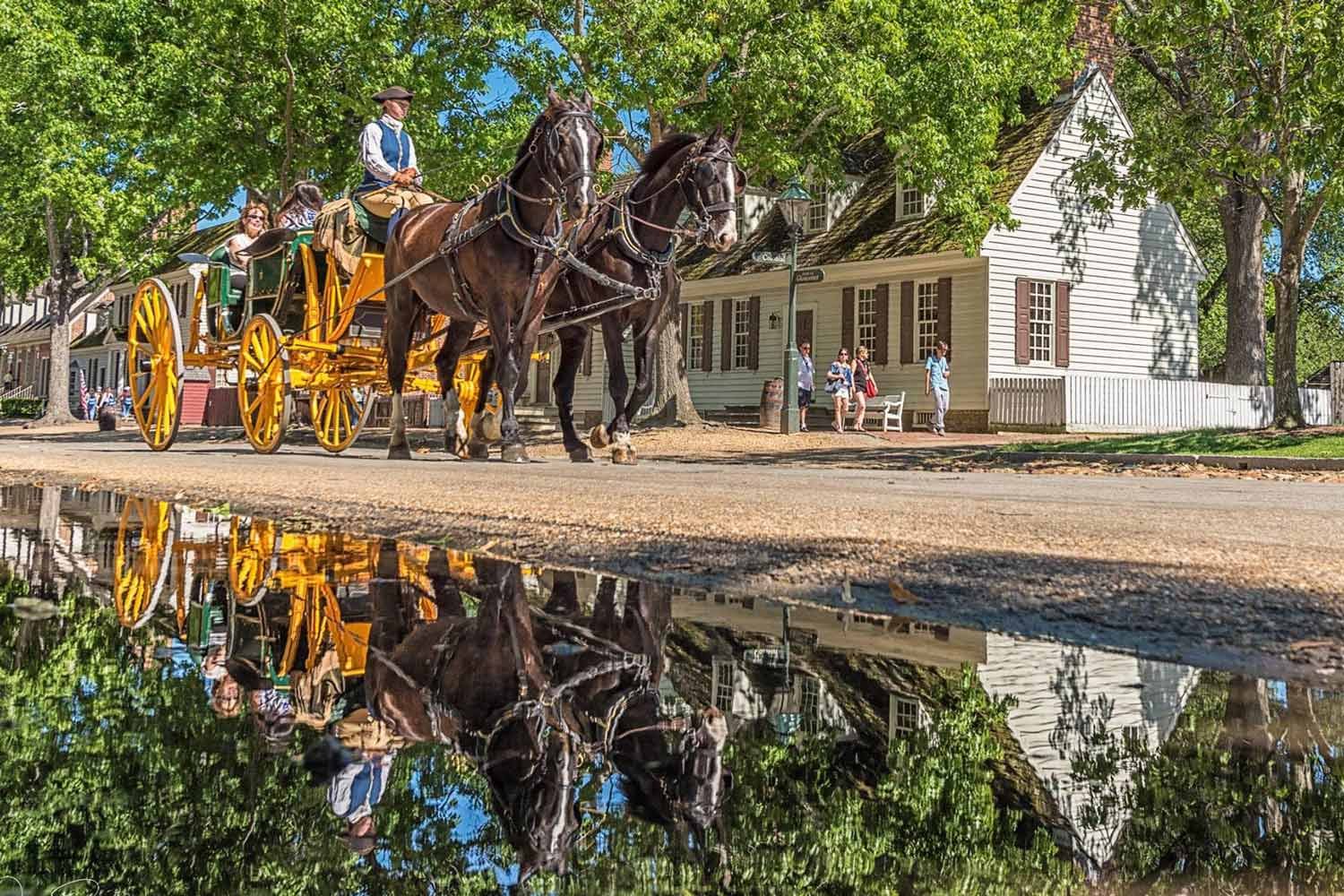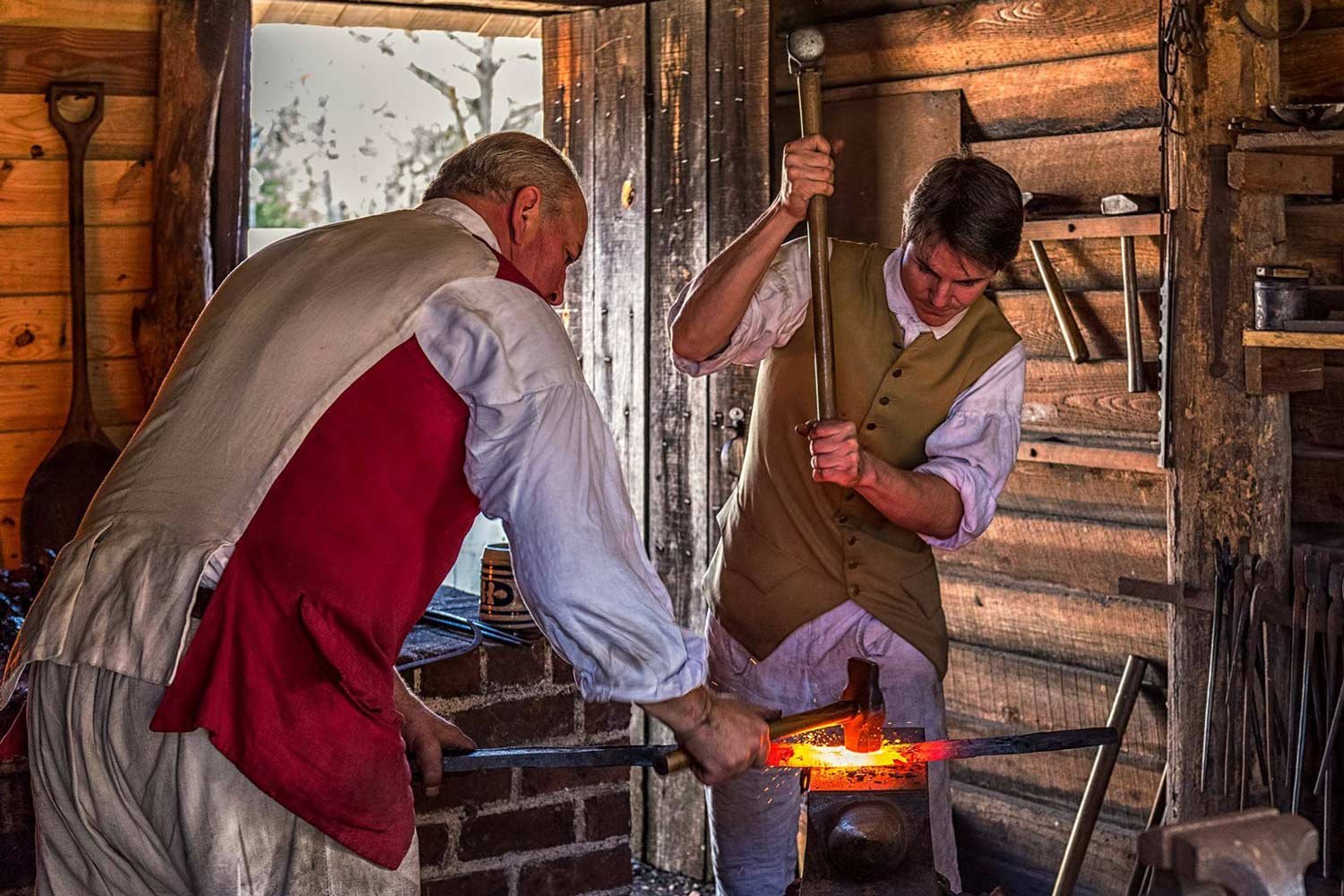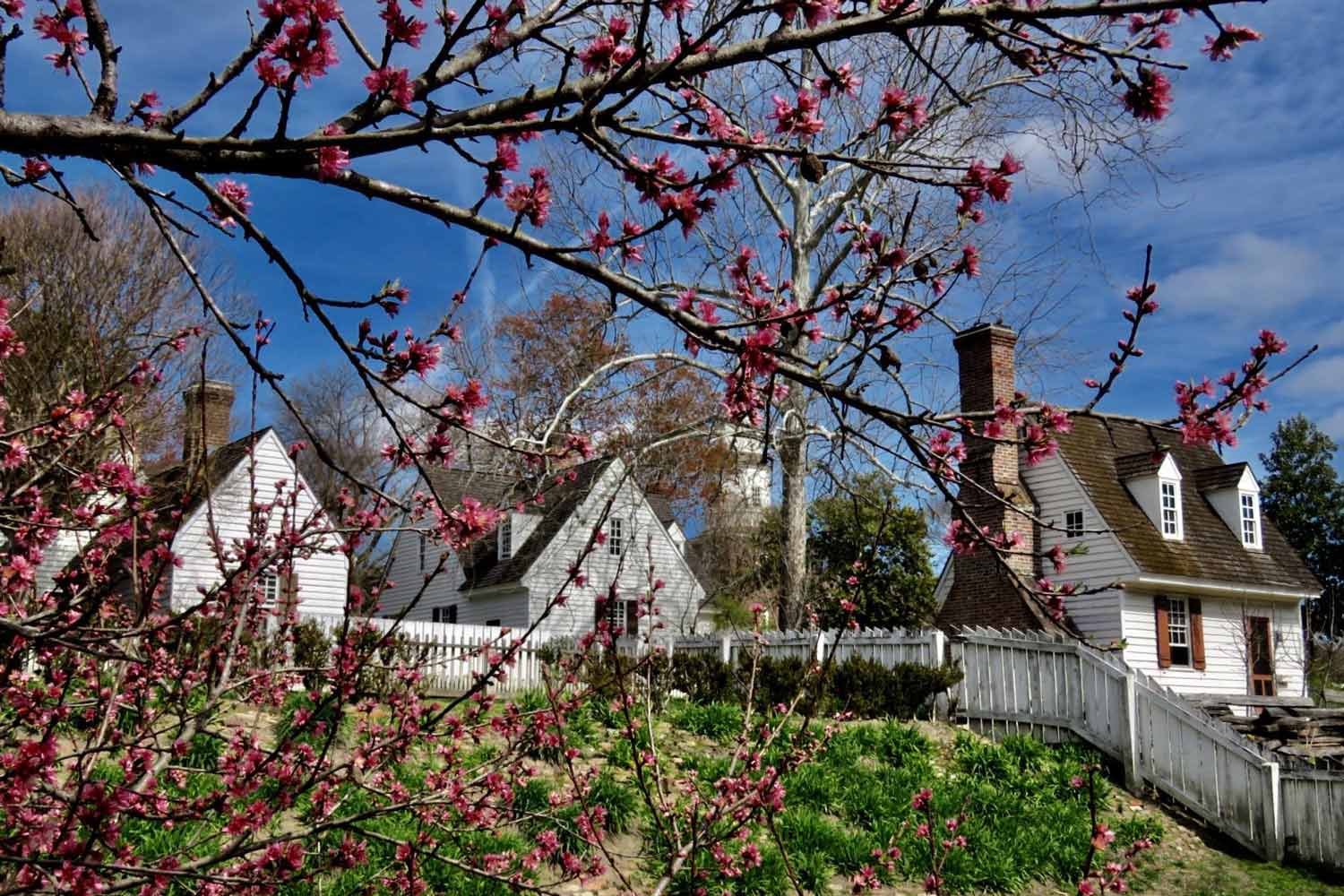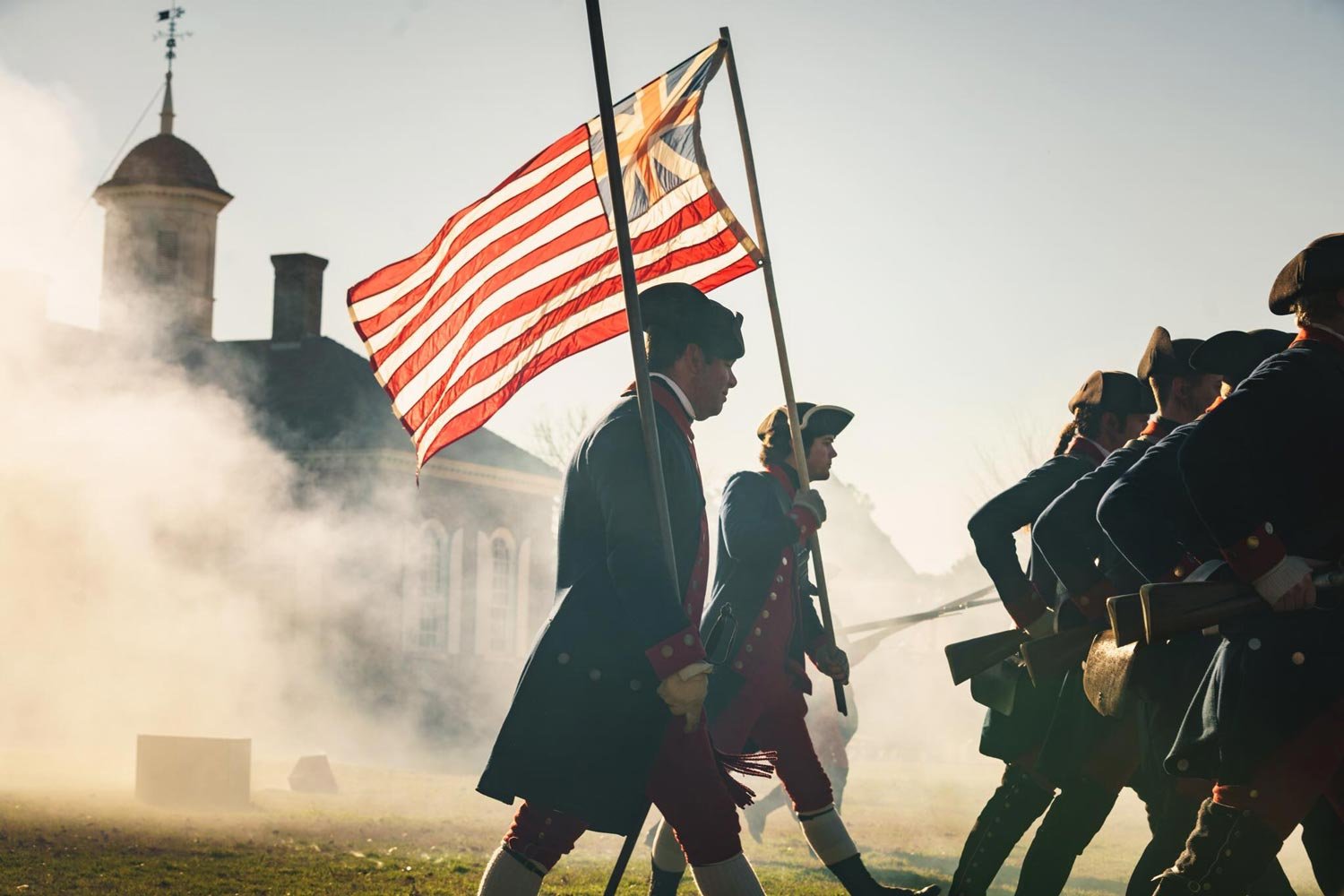Colonial Williamsburg
ABOUT
Colonial Williamsburg is the largest outdoor living history museum in the world, and one of our nation’s historical gems. It contains a seemingly endless array of beautifully preserved buildings, gardens, and workshops, many of which are original to our founding era.
As you roam this incredible recreation of a bustling 18th century town, you will see numerous interpreters in period garb who will engage you in conversation that takes you back in time. You can see blacksmiths hard at work pounding horseshoes on their anvil and coopers shaping the wood staves for their barrels.
The mission of Colonial Williamsburg is to explain and demonstrate daily life in 18th century Virginia, as well as teach today’s citizens how the incredible republic that is America was created. Visitors can observe and participate in the debates that shaped our nation. You can even ask Thomas Jefferson and George Washington why they did what they did!
HISTORY
The history of Colonial Williamsburg began in 1926 when the Reverend Dr. William Goodwin, with the financial backing of John D. Rockefeller, Jr., began to restore Williamsburg to its original colonial state, starting with the purchase of the historic Ludwell-Paradise House.
Williamsburg, the seat of Virginia’s government from 1699 to 1780, had many aged buildings, but most were in a state of disrepair. Reverend Goodwin, the one-time pastor at Williamsburg’s Bruton Church built in 1711, worked tirelessly to gain the support of a wealthy philanthropist. Finally, in 1927, he inspired a commitment from Mr. Rockefeller to restore this historic town.
During the restoration, managers of the project were careful to preserve all that they could, and, in fact, 89 of the 500 buildings on site are original. To maintain its authentic look, many buildings that post-dated 1790 were removed and new buildings to enhance the visitor experience took their place. For instance, the Capital, one of the iconic buildings on site, was reconstructed and dedicated in 1934.
GRANT PROJECT
At the center of Colonial Williamsburg, across Duke of Gloucester Street from the Courthouse, stands one of the Historic Area’s most distinctive structures: the octagonal Powder Magazine. Originally completed in 1715, it had played an important role during our push for independence, but fell into disrepair in the decades that followed.
The Powder Magazine was finally restored in 1938, and part of this work included plastering over the interior walls. Since then, Colonial Williamsburg, in its never-ending quest to provide the most accurate historical representation possible for its visitors, has discovered some aspects of the Powder Magazine that need to be studied and, probably, corrected.
The Americana Corner Preserving America grant will help fund this work which in Phase One includes the removal of the current fixtures and the plaster. This work will be followed by an investigative phase to form the most comprehensive restoration plan possible. When the entire project is finished, it will be a treasure for all to enjoy.
Americana Corner is proud to assist Colonial Williamsburg with its mission to preserve the Great American Story and to help our fellow citizens grow their love of country.
